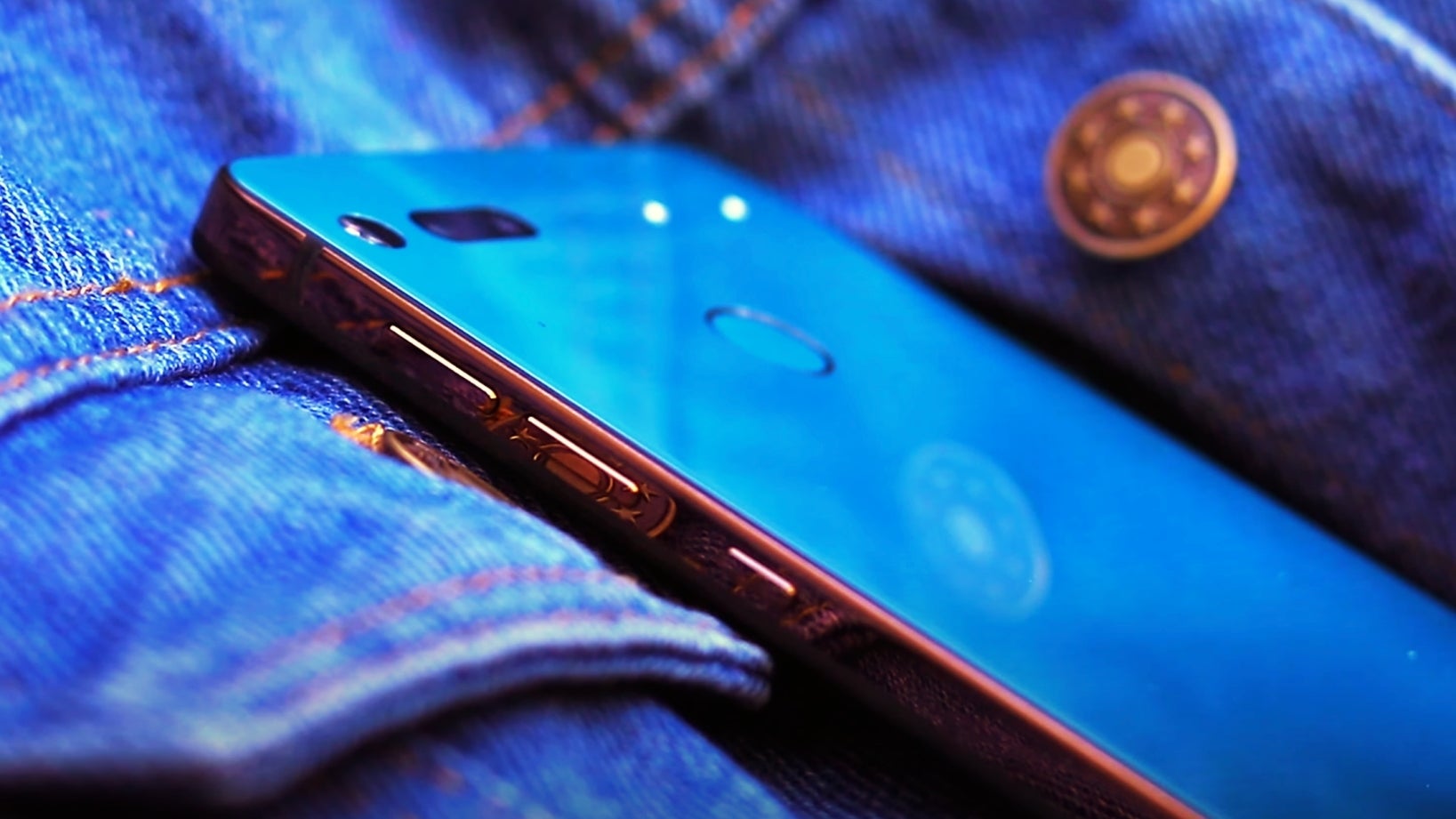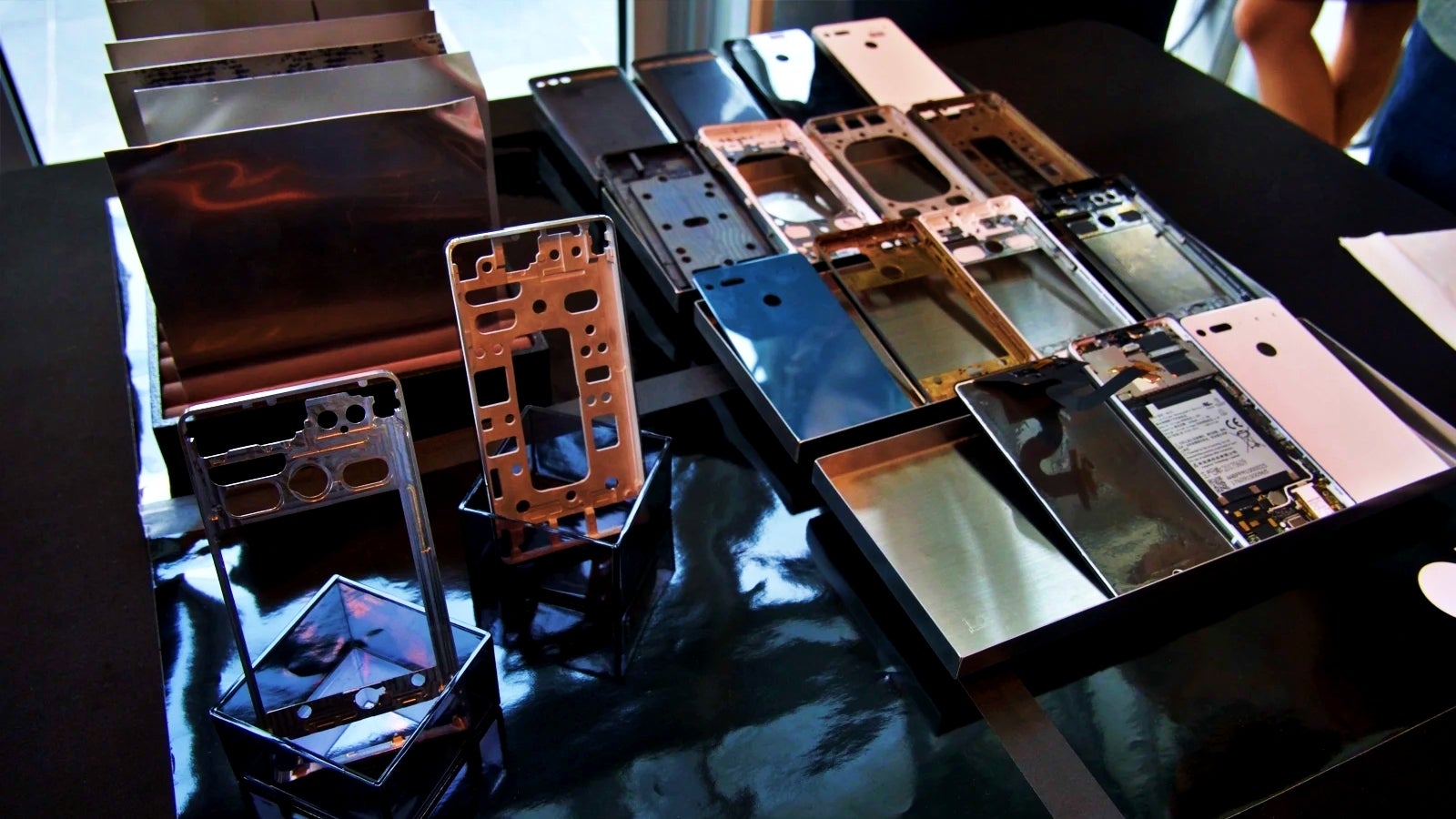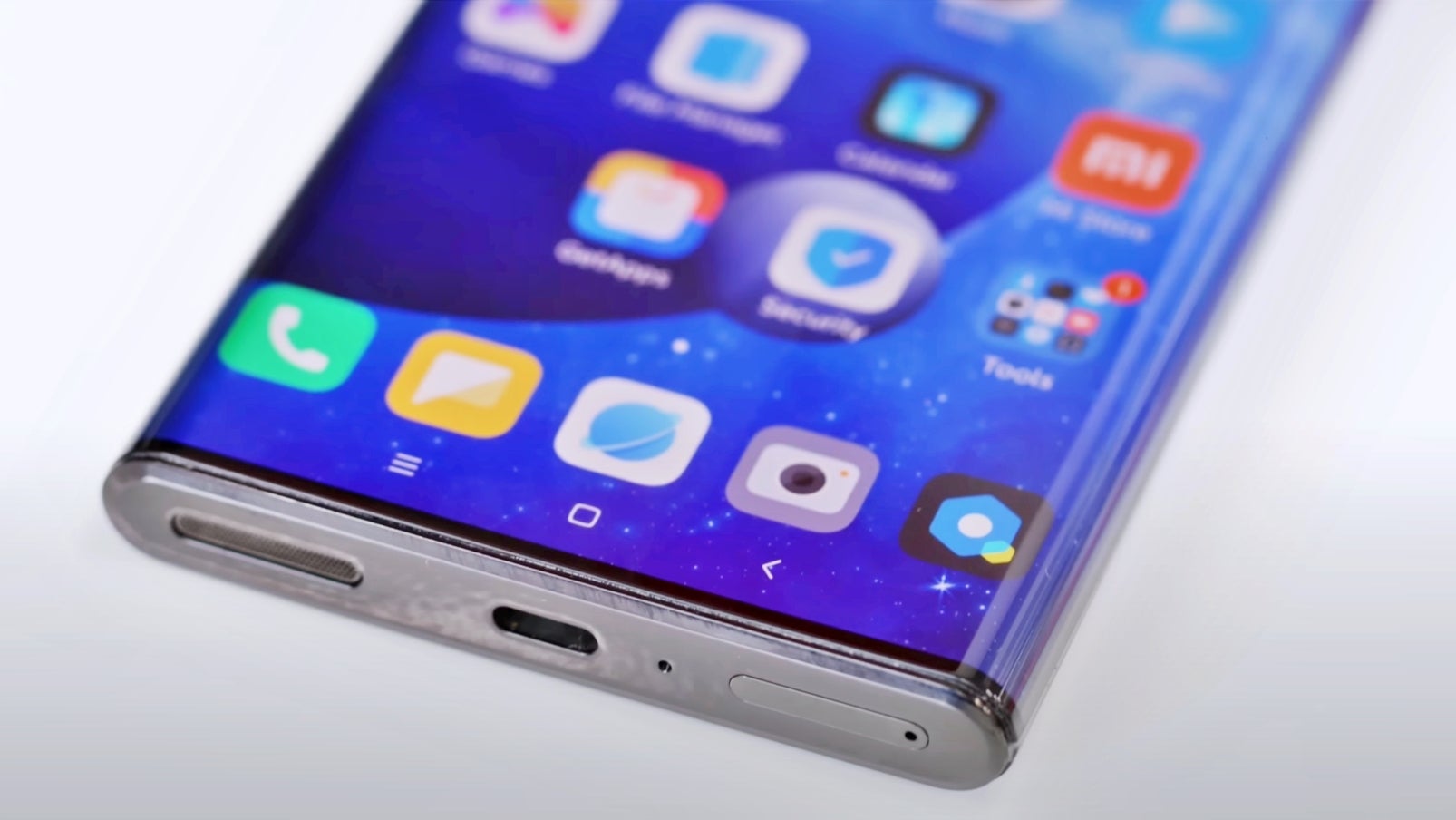We’ve been hearing rumors about Apple’s plan to switch to titanium for the iPhone 15 Pro and iPhone 15 Pro Max frames for almost a whole year, and now the same is rumored to happen with a some of the biggest upcoming Android flagships too – namely the Xiaomi 14 Pro and Samsung’s Galaxy S24 Ultra (expected in December 2023 and February 2024).
The iPhone 15 Pro and iPhone 15 Pro Max won’t be the first phones to use titanium for their frames, as the premium-looking Essential Phone and extremely futuristic Xiaomi Mi Mix Alpha did that back in 2017 and 2019. Of course, one of these phones was discontinued and the company that made it ceased to exist, while the other one was very much a proof of concept.
So, in a way iPhone 15 Pro and iPhone 15 Pro Max will be the first truly mainstream smartphones that boast a titanium frame, but this isn’t a “bragging rights” contest. Therefore, let’s take a look at why mainstream flagship phones in 2023-2024 are suddenly switching to using titanium instead of aluminium/steel…
Is this a good idea at all, or is just another “Apple is doing it, so it must be cool” thing?
iPhone 15 Pro, Galaxy S24 Ultra, Xiaomi 14 Pro switching to titanium from stainless steel and aluminum as 2023-2024 flagship phones are getting more durable

The 2017 Essential Phone was one of the first modern smartphones to use titanium for its frame.
Thanks to tipster Unknownz21, we now know that Apple should be using Grade 5 titanium (Ti-6Al-4V) for the making of the iPhone 15 Pro’s frame. Don’t be intimidated by the detailed naming – “Grade 5 titanium” is one of the most commonly used titanium alloys for the making of implants and prostheses, as well as racing cars and airplanes (the Boeing 787, for example).
In a nutshell, this is how the titanium frame of the iPhone 15 Pro would compare to the stainless steel frame of the iPhone 14 Pro:
- Titanium is a stronger metal than stainless steel
- Titanium is more resistant to corrosion than stainless steel
- Titanium is lighter in weight than stainless steel
- Titanium is more expensive than stainless steel
- Titanium isn’t as widely available as stainless steel
More specifically, according to different hardness scales like Moh’s and Rockwell’s, titanium is about 3-4x harder than aluminium (used in phones like the Galaxy S23 Ultra and Xiaomi 13 Pro) and about 30% harder than stainless steel (used in the iPhone 14 Pro).Titanium is also lighter than stainless steel, which means by using this material Apple will most definitely manage to make the iPhone 15 Pro and iPhone 15 Pro Max lighter than they would’ve been if they used steel. Now, whether they are going to be lighter than the iPhone 14 Pro and iPhone 14 Pro Max is a different story, because the new iPhones are expected to feature larger batteries – in other words, the frame of the new iPhones isn’t going to be the only contributor to the overall weight of the phones.
Either way, the 240g iPhone 14 Pro Max has been called “heavy” by many people, and they aren’t wrong. I’d definitely struggle to use this device as my daily driver. It’s tricky to calculate exactly how much lighter the iPhone 15 Pro and iPhone 15 Pro Max would be compared to their predecessors but a 20g weight reduction sounds amazing, and somewhat realistic if you ask me.
Galaxy S24 Ultra titanium frame won’t necessarily make Samsung’s 2024 flagship heavier than the Galaxy S23 Ultra
As to whether titanium would be lighter to use than the aluminium used in phones like the vanilla iPhone 14 and Galaxy S23 Ultra, this is a trickier question to answer, because it can go either way.
In reality, aluminium is lighter than titanium, but (as mentioned above), titanium is significantly stronger. To put things into perspective, although the general belief is a switch from aluminium to titanium could end up making the Galaxy S24 Ultra heavier than the (already heavy) Galaxy S23 Ultra, many ignore the fact that you don’t need nearly as much titanium to achieve the same level of structural integrity and hardness as you would if you used aluminium.
Therefore, the S24 Ultra’s weight might not change all that much, but the titanium frame would still come with the benefit of being more durable and scratch resistant.
Could a switch to titanium make iPhone 15 Pro and Galaxy S24 Ultra even more expensive and is it worth it?

Titanium is expensive.
There aren’t many downsides to using titanium compared to stainless steel or aluminium for making phones. In fact, as you can tell by the story so far, it’s quite the opposite…
However, one thing is certain, and this is that titanium is more expensive to get and manufacture than both stainless steel and aluminium. So, will the use of titanium make 2023-2024 flagship phones more expensive?
Well, according to rumors, the iPhone 14 Pro and iPhone 14 Pro Max might finally see a $100 price increase. Then again, we’ve been hearing the same rumor for the past 3-4 years now, so keep that in mind.
Even if iPhone 15 Pro and Pro Max do get more expensive, this would hardly be due to the use of titanium alone as, according to leaks, Apple is planning a bunch of other upgrades for the Pro models like 256GB starting storage, thinner bezels, a periscope zoom camera, and, of curse, the A17 bionic chip, which should be the first 3nm SoC ever used in a phone.
As for the other phones rumord to switch to using a titanium frame, the Galaxy S24 Ultra and Xiaomi 14 Pro, I doubt they’ll be getting more expensive as their current counterparts already cost an arm and a leg. For example, the Galaxy S23 Ultra launched at $100 more than the most expensive iPhone in Apple’s lineup.
Maintaining a competitive pricing compared to the competition is a must if you want to sell more flagship phones no one should know this better than Samsung. The South Korean company’s most expensive phones have been failing to outsell (or even get close) to the numbers of the iPhone for the past ten years now.
Sorry but iPhone 15 Pro and Galaxy S24 Ultra won’t be made entirely out of titanium because (apparently) metal isn’t the future of smartphone design

The futuristic Xiaomi Mi Mix Alpha from 2019 was an all-screen phone (front and back) with a titanium top and bottom. But if bizarre reports are to be believed, the future of smartphones might be 100% glass.
In the end, this whole “titanium push” from the likes of Apple, Samsung, and Xiaomi makes you wonder… are phone-makers trying too hard or too little?
I get it – a titanium frame does indeed make your phone durable and likely lighter, but what about the rest of the phone? How crucial is having a titanium frame when the back of your phone can still break easier than my heart when I’m looking at pictures of Rihanna?
You can argue the use of a more durable frame doesn’t mean much at all when the majority of people keep their phones in cases, because they are extremely fragile thanks to their glass backs. Apple and Samsung are treating the symptoms instead of the cause.
The reality is that even if I wish the iPhone 15 Pro and Galaxy S24 Ultra would be made entirely out of the super-strong titanium, I don’t see that happening. And another reason for this is recent rumors that indicate metal might not be in the long-term plans of future smartphone design at all.
According to leaks (likely) concerning the 2027-2028 iPhone XX, might lead another “revolution” – this time towards a 100% glass smartphone, which sounds wild. Apparently, this magical glass would be super strong and light though, so let’s not be too quick to judge.
->Google Actualités










